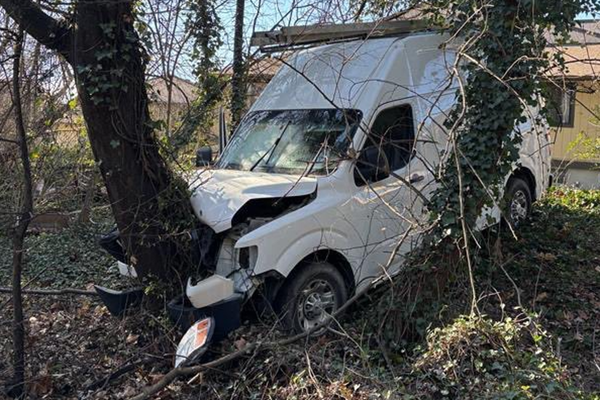
The Trump administration is looking to collect revenue from university patents developed through federally funded research. Commerce Secretary Howard Lutnick has indicated that the government wants to take a cut of the profits from these patents, arguing that taxpayers deserve a return on their investment.
Lutnick has been targeting major universities as part of this new policy direction. The administration has already sent letters to Harvard University demanding information about patents developed with federal funding. According to Lutnick, the University of California will receive a similar letter soon. He expects this to start with a few universities before becoming a broader deal.
The Commerce Secretary explained the administration’s position in an interview with Axios. “The scientists get the patents, the universities get the patents, and the funder of $50 billion, the U.S. government, you know what we get? Zero,” Lutnick told the news outlet. He compared the situation to business partnerships, saying that if he gave companies 100 percent of their money, he would expect half the profits in return.
Trump administration expands government stakes in private sector
This move represents part of a broader pattern of the Trump administration taking ownership stakes in private companies. The government recently took a 10% stake in Intel worth approximately $8.9 billion. The administration also negotiated deals with Nvidia and AMD requiring them to pay 15% of their chip sales revenue to China to the U.S. government in exchange for export licenses.
Taxpayers deserve the benefit of the bargain. If Harvard won’t honor the Bayh-Dole Act, then we will find someone who will. pic.twitter.com/8U7yJtYacS
— Howard Lutnick (@howardlutnick) August 8, 2025
The university patent policy builds on the existing Bayh-Dole Act of 1980. This law currently allows universities to retain ownership of patents from federally funded research. The original purpose was to encourage quick development of new technologies. Before this act, the federal government held around 28,000 patents but fewer than 5% were commercially licensed.
Universities generally make more money from writing grants than from commercializing patents, according to a 2024 study. However, Trump’s broader efforts to pressure universities have already included cutting federal funding and forcing institutions to make deals with significant financial consequences. The administration has been using various tactics to pressure academic institutions into compliance with its agenda.
The patent revenue plan could generate billions of dollars for the federal government if implemented widely. Universities have contributed $1.9 trillion to U.S. economic output from 1996 to 2020 through technology transfers enabled by the Bayh-Dole Act. The administration argues that since taxpayers fund around $60 billion in university research annually, they should receive direct benefits from successful commercialization.
Critics worry this could discourage private sector investment in university research and slow innovation in critical areas like medicine and technology. The broader pattern of government intervention in private business has drawn criticism from some Republicans who see it as moving away from free market principles.







